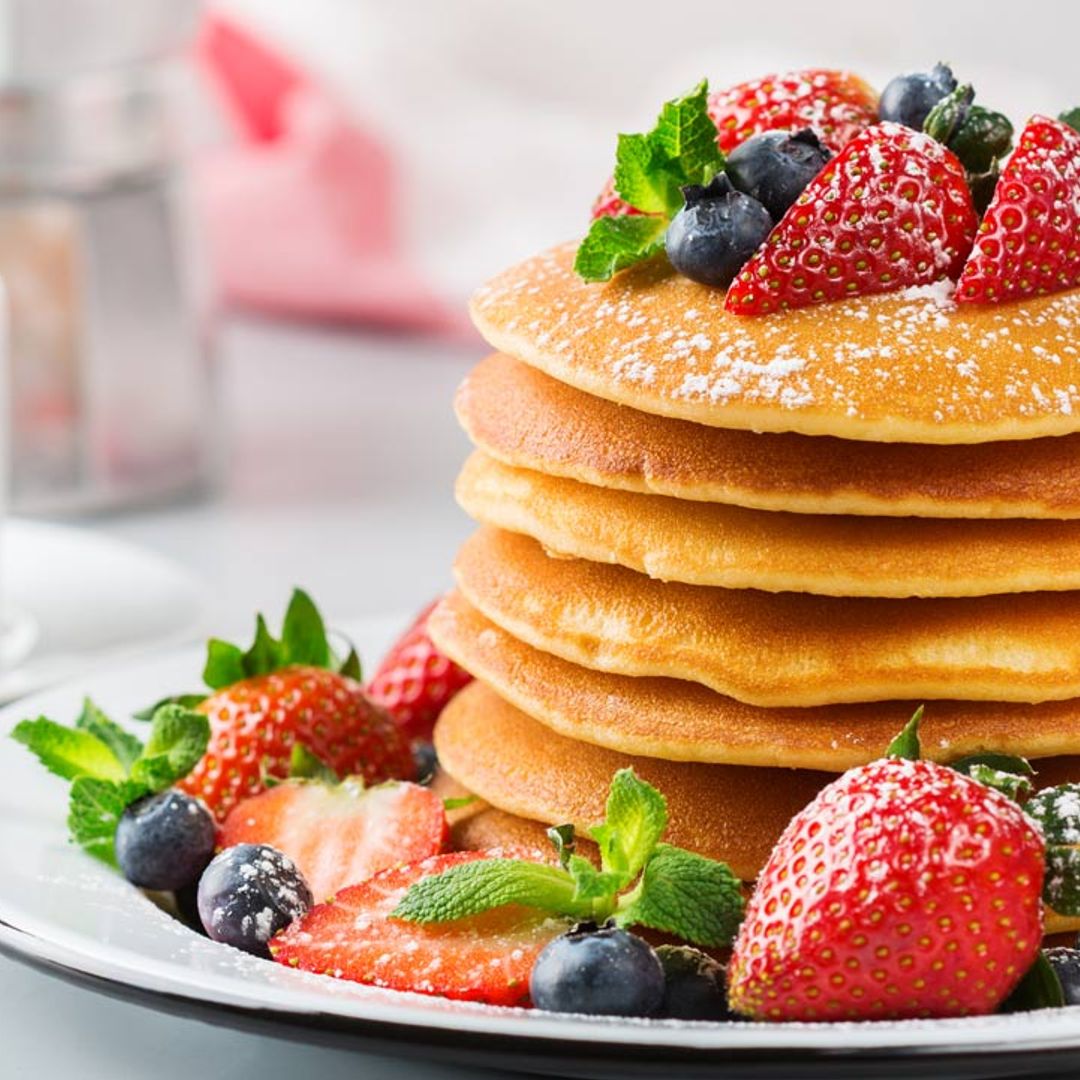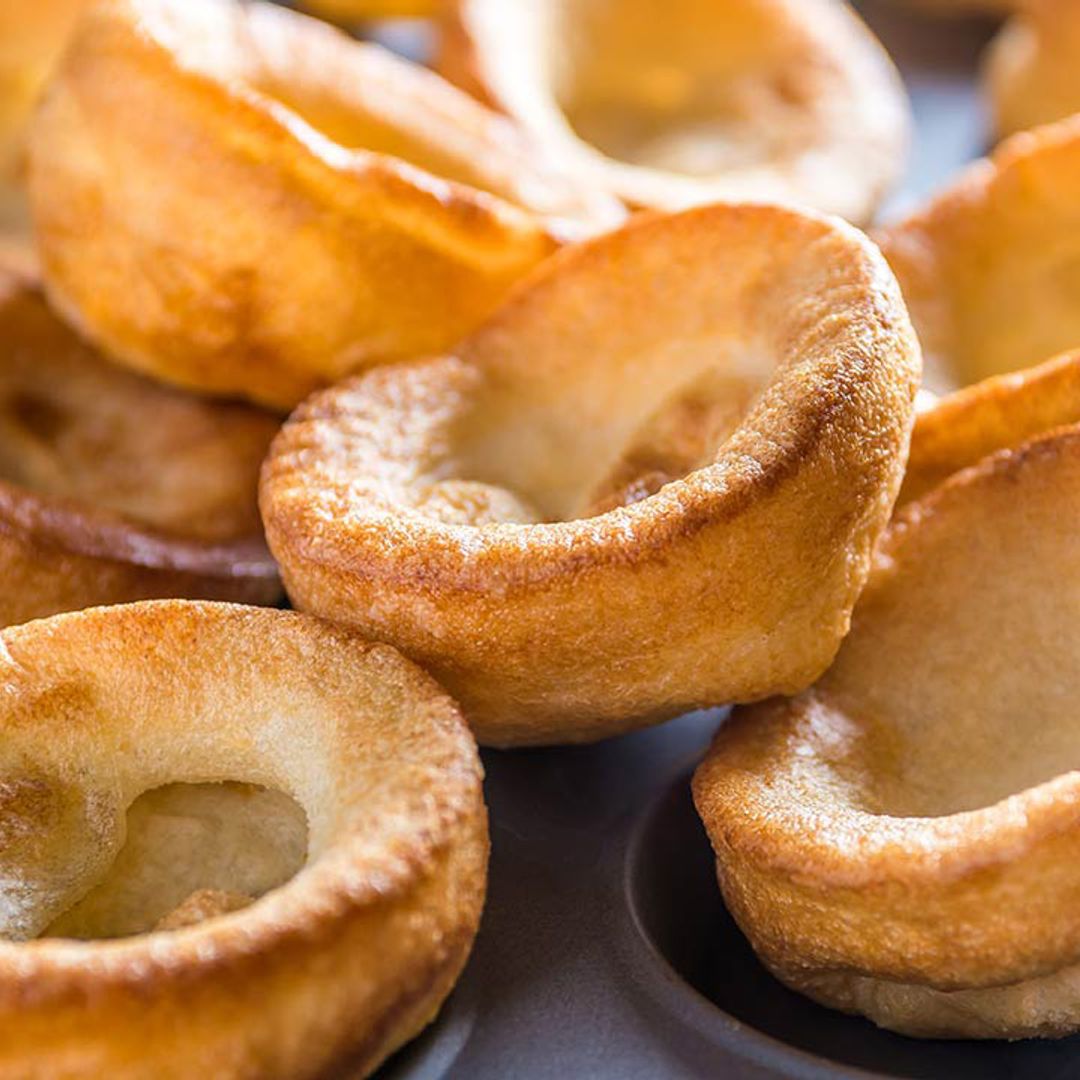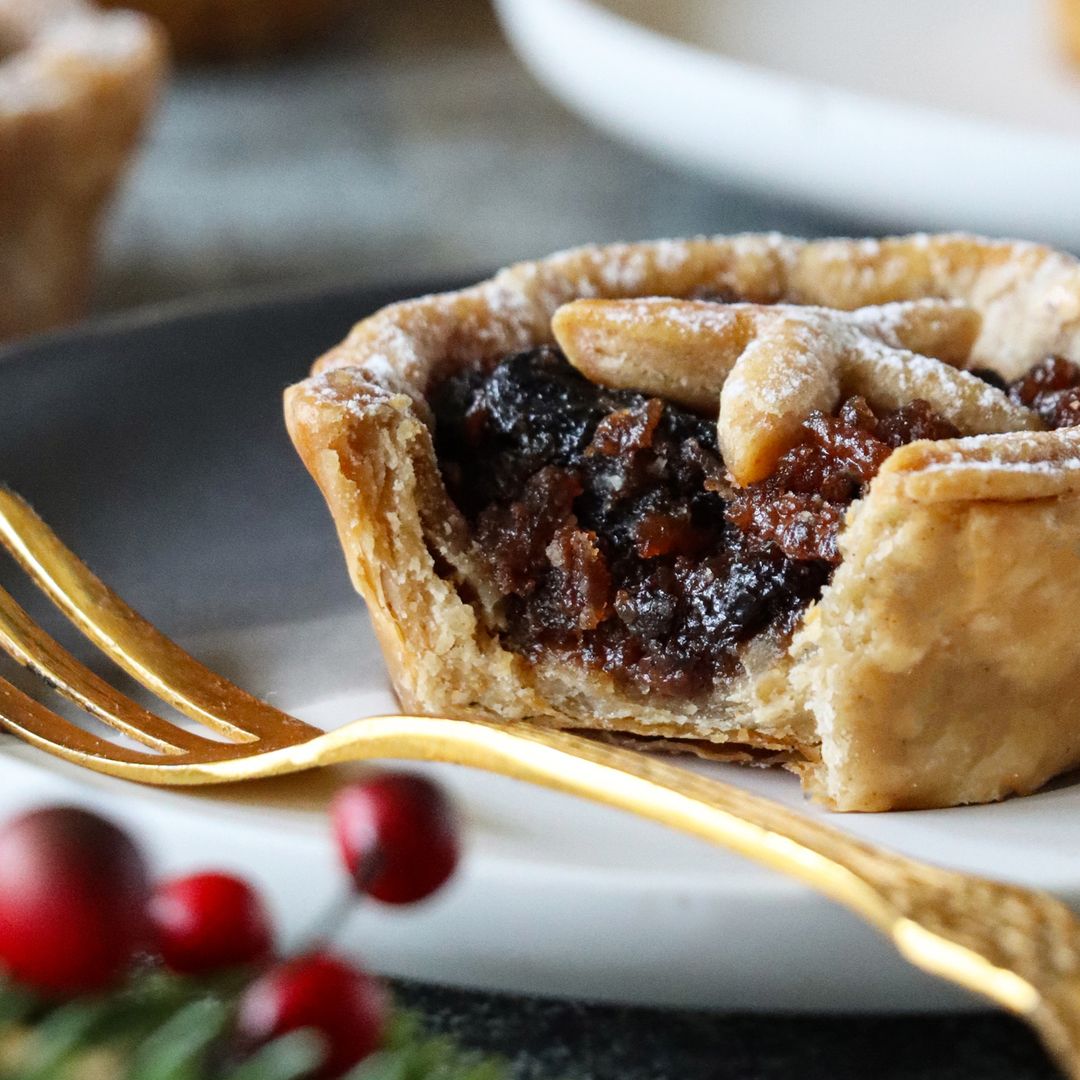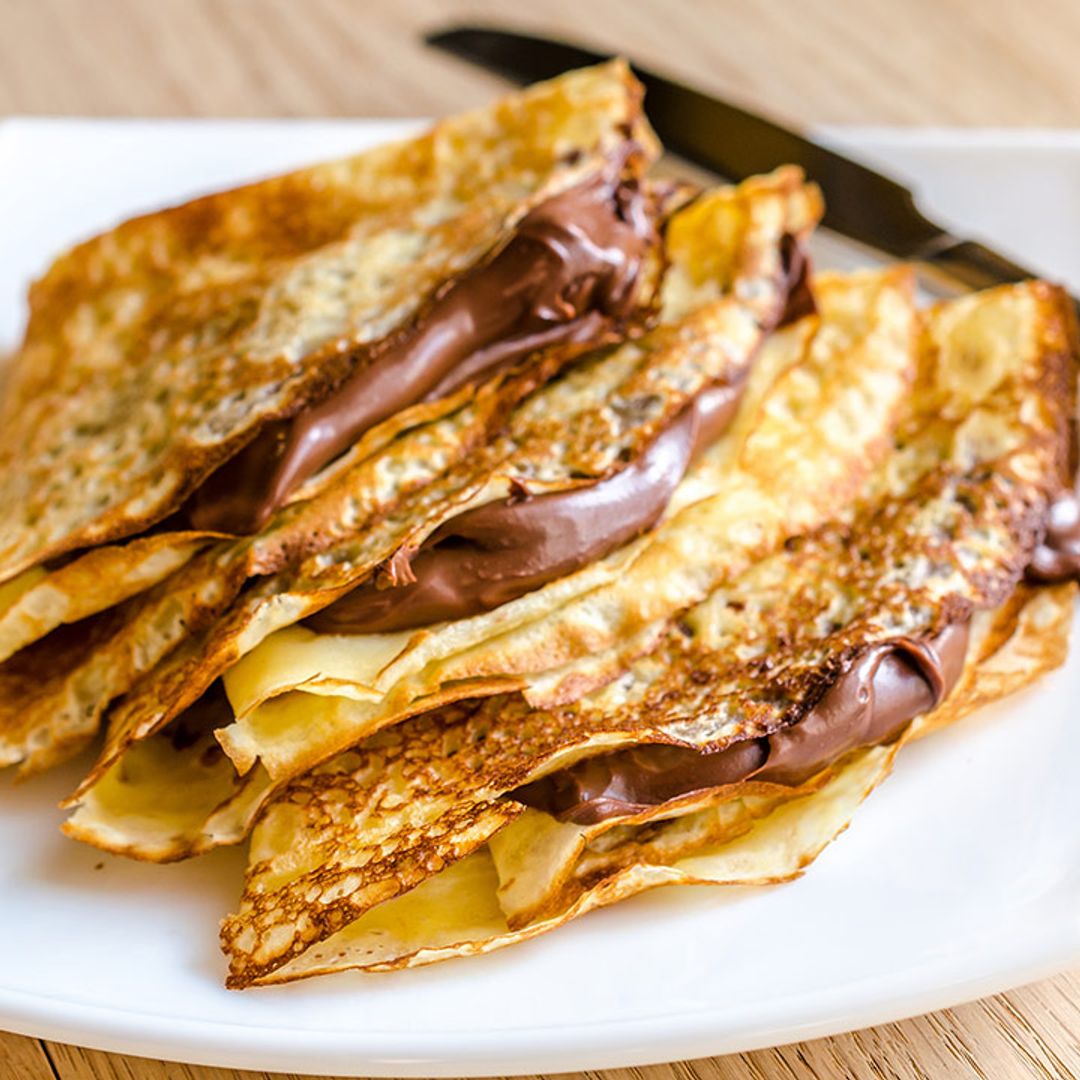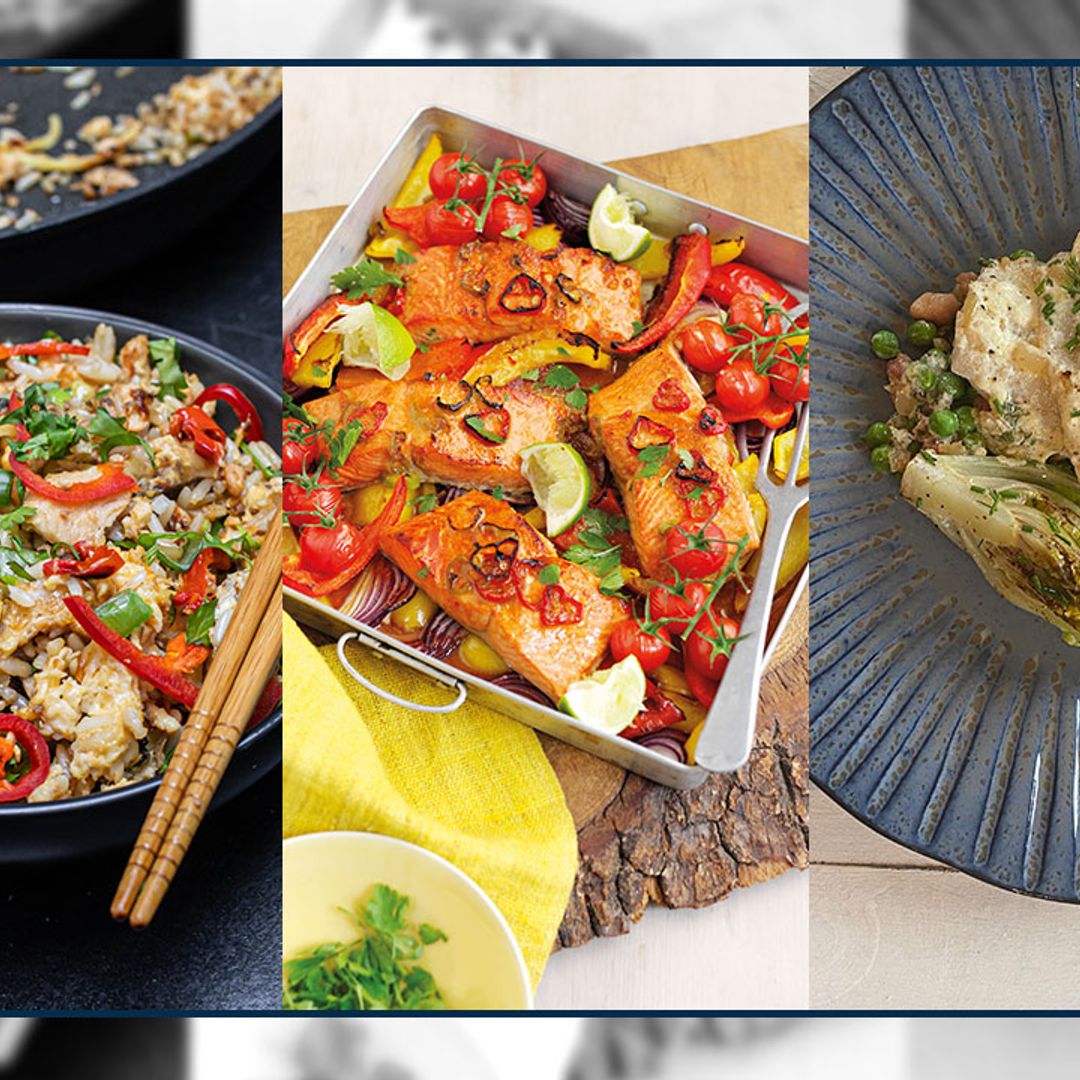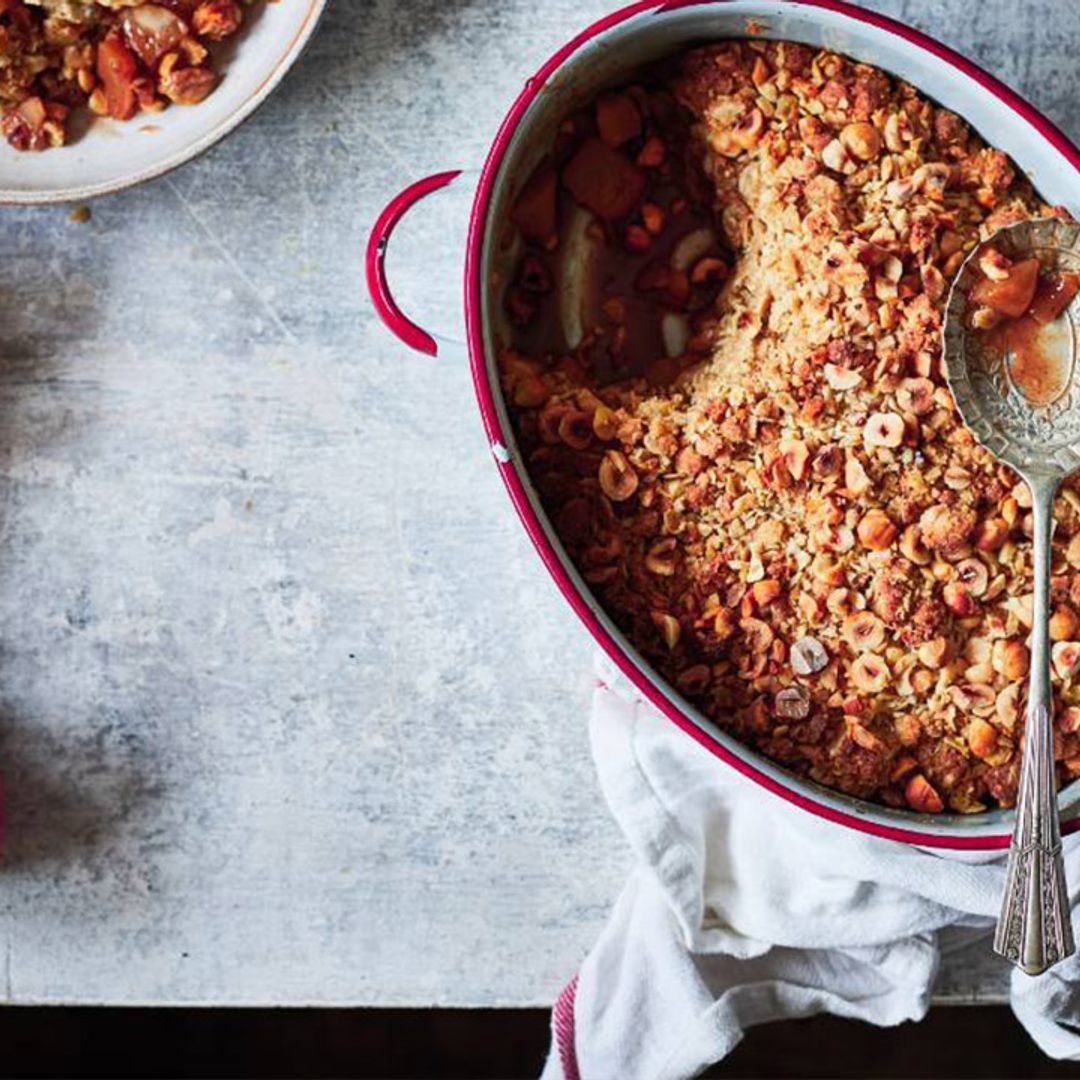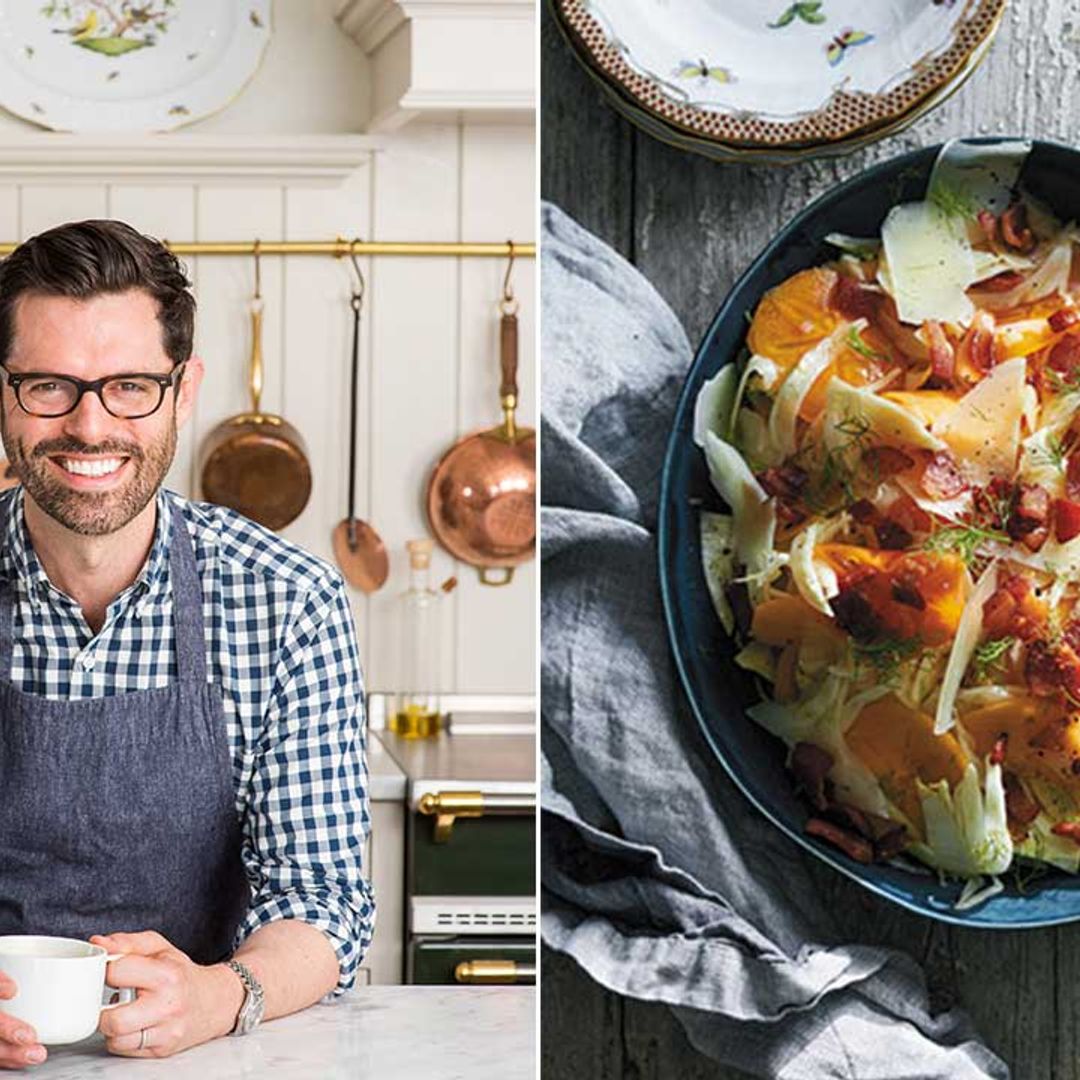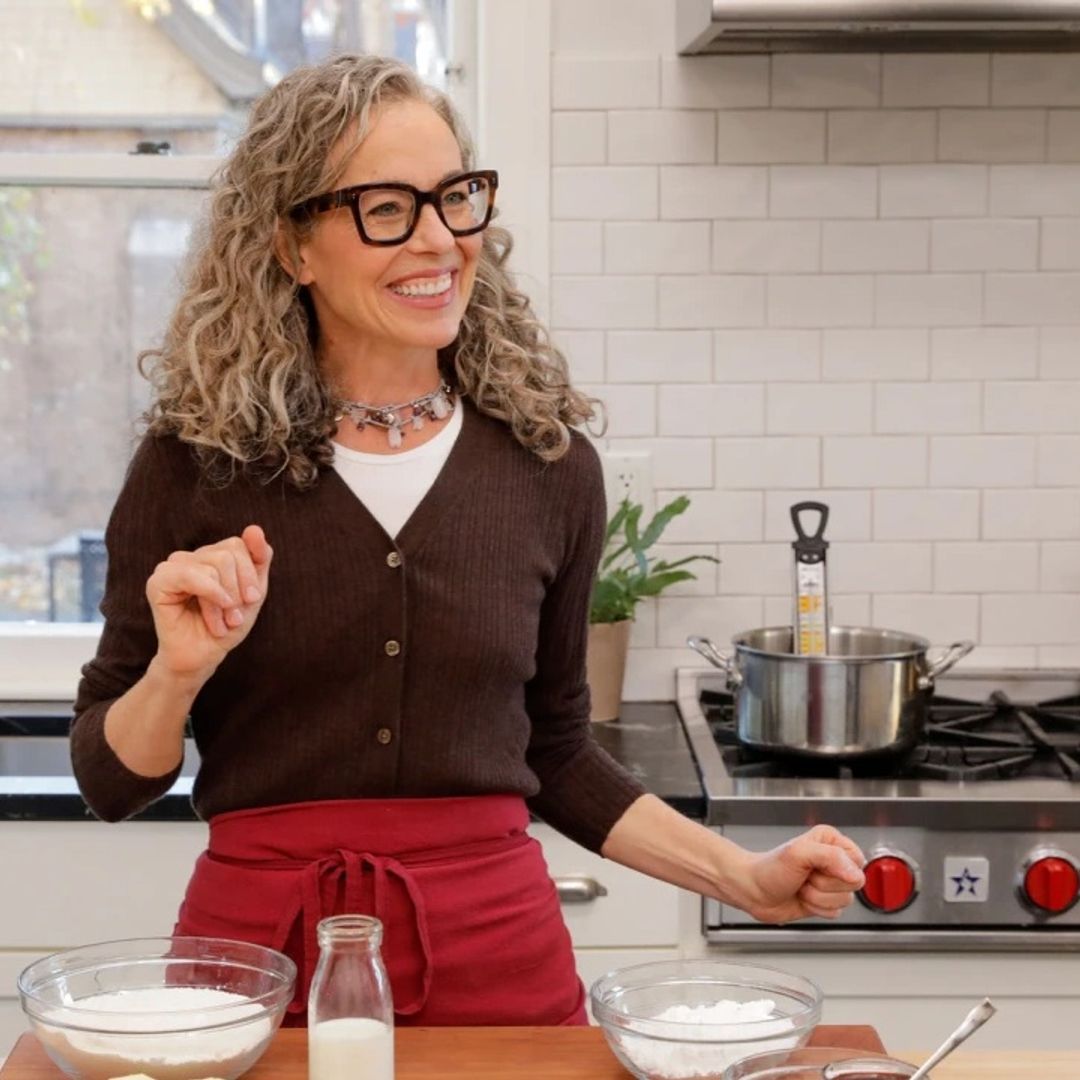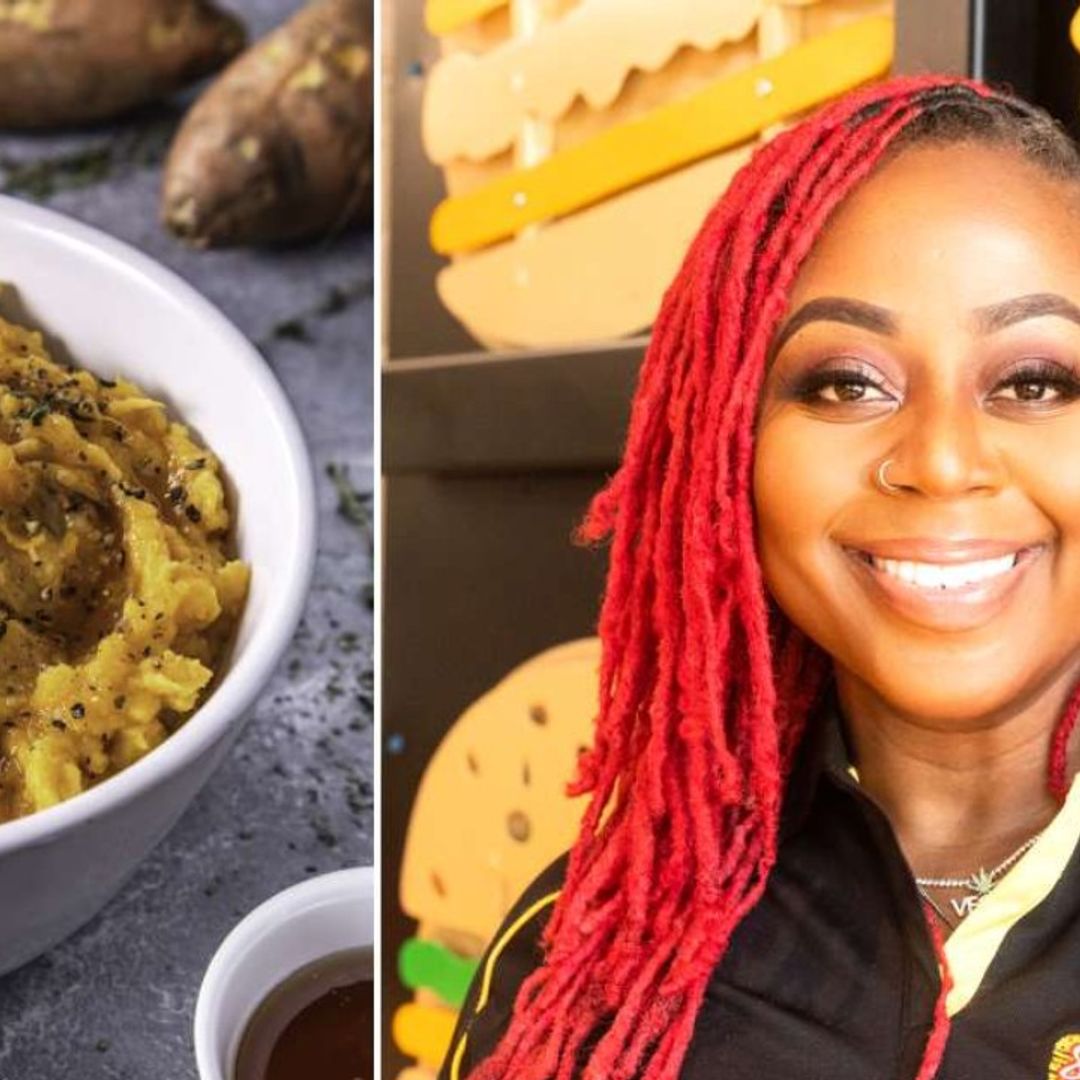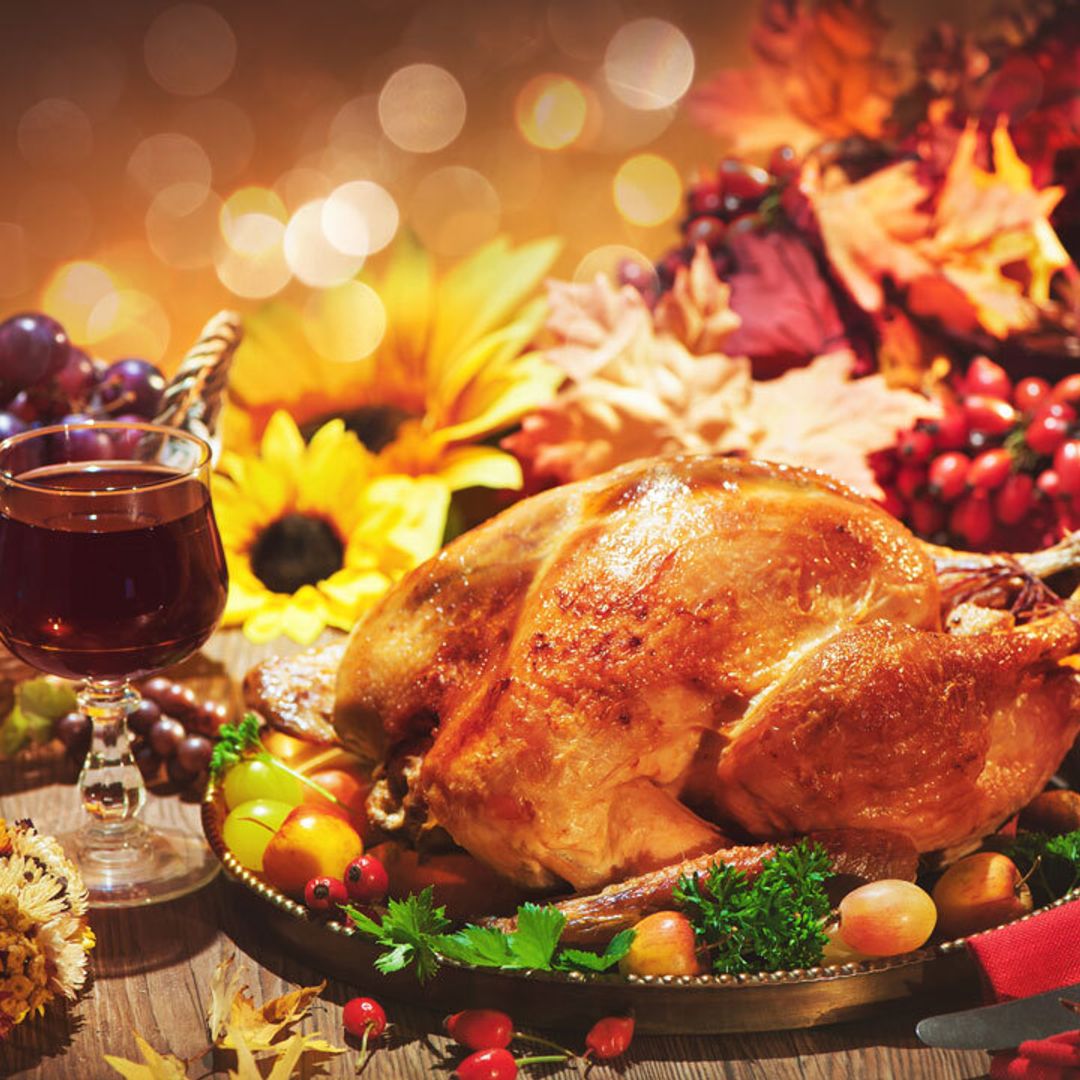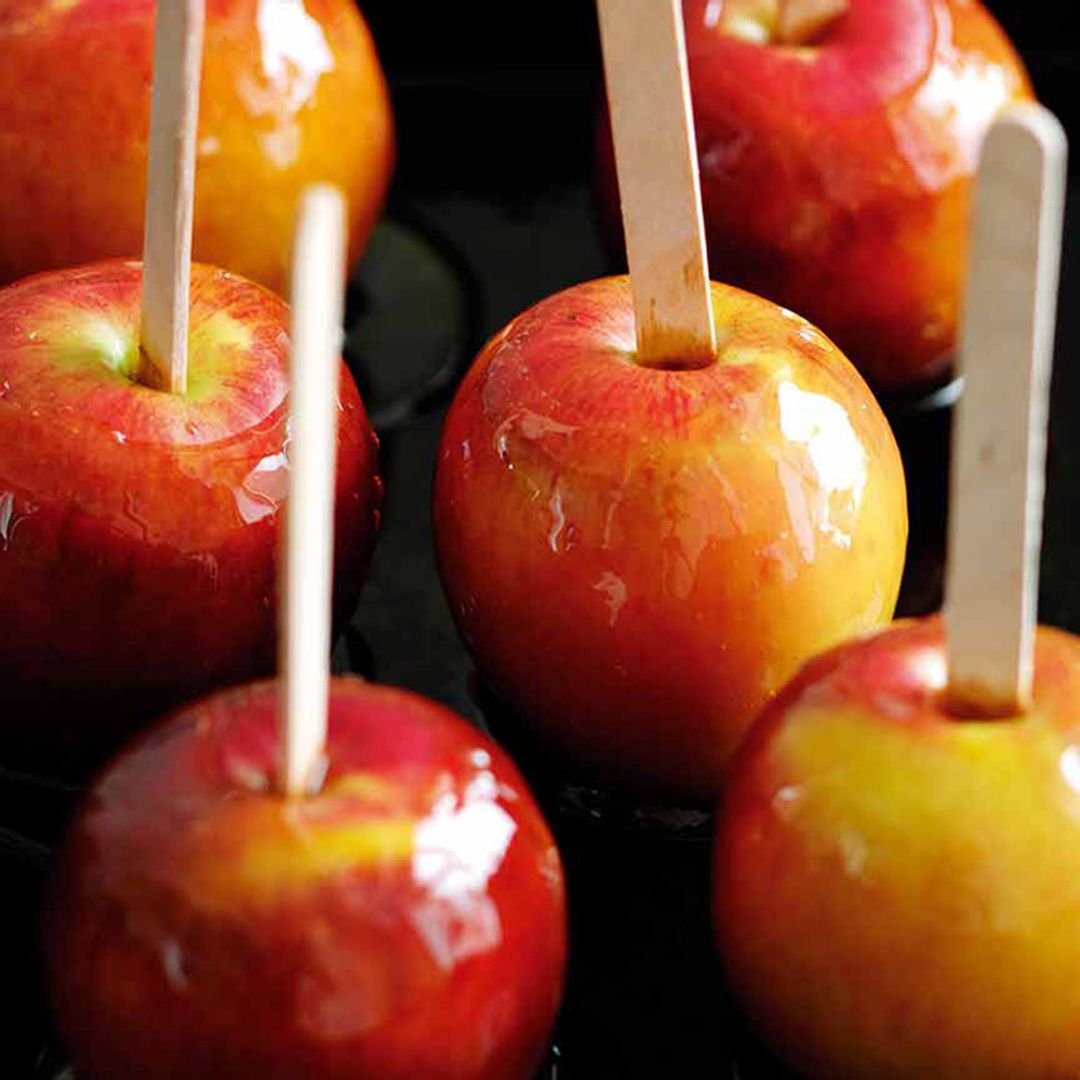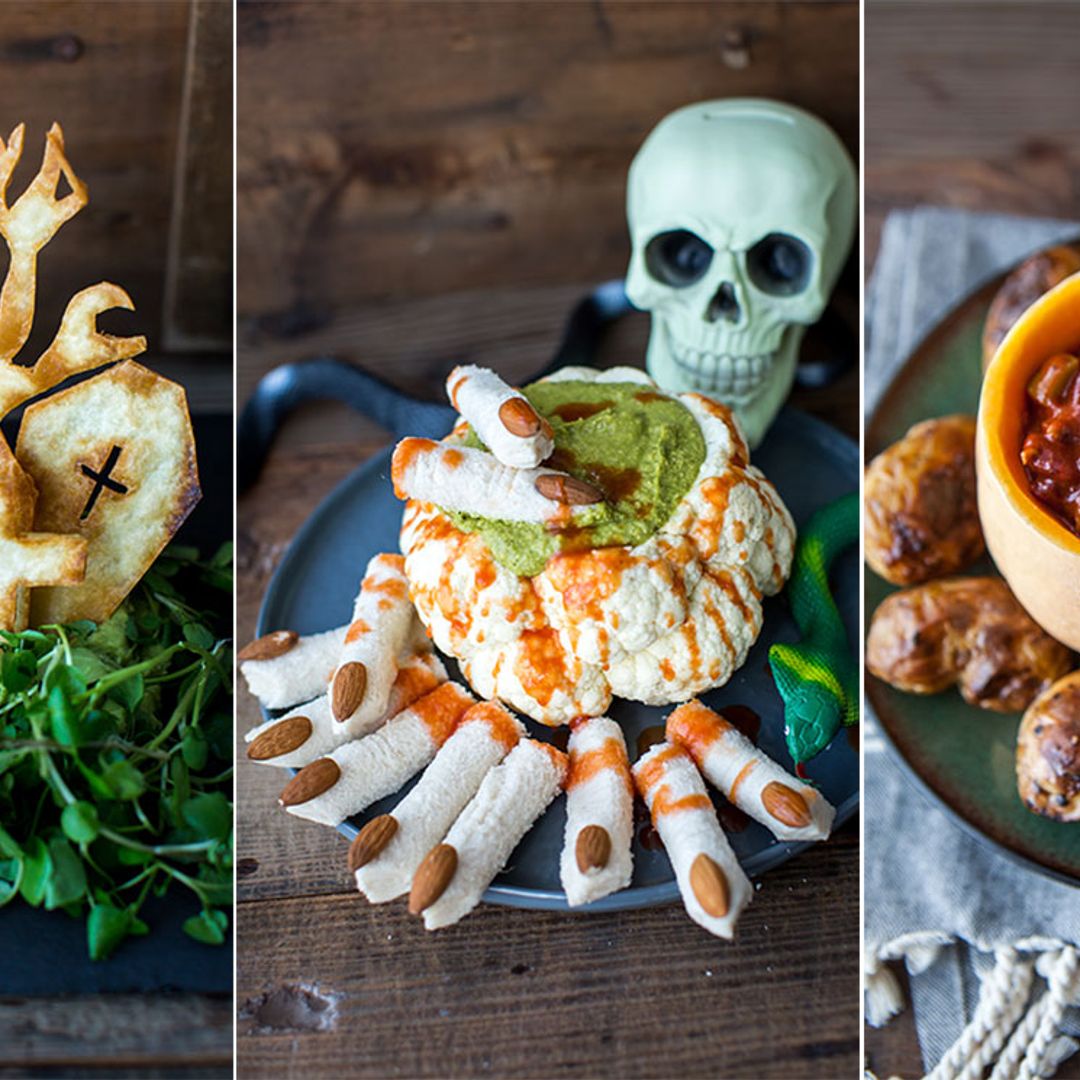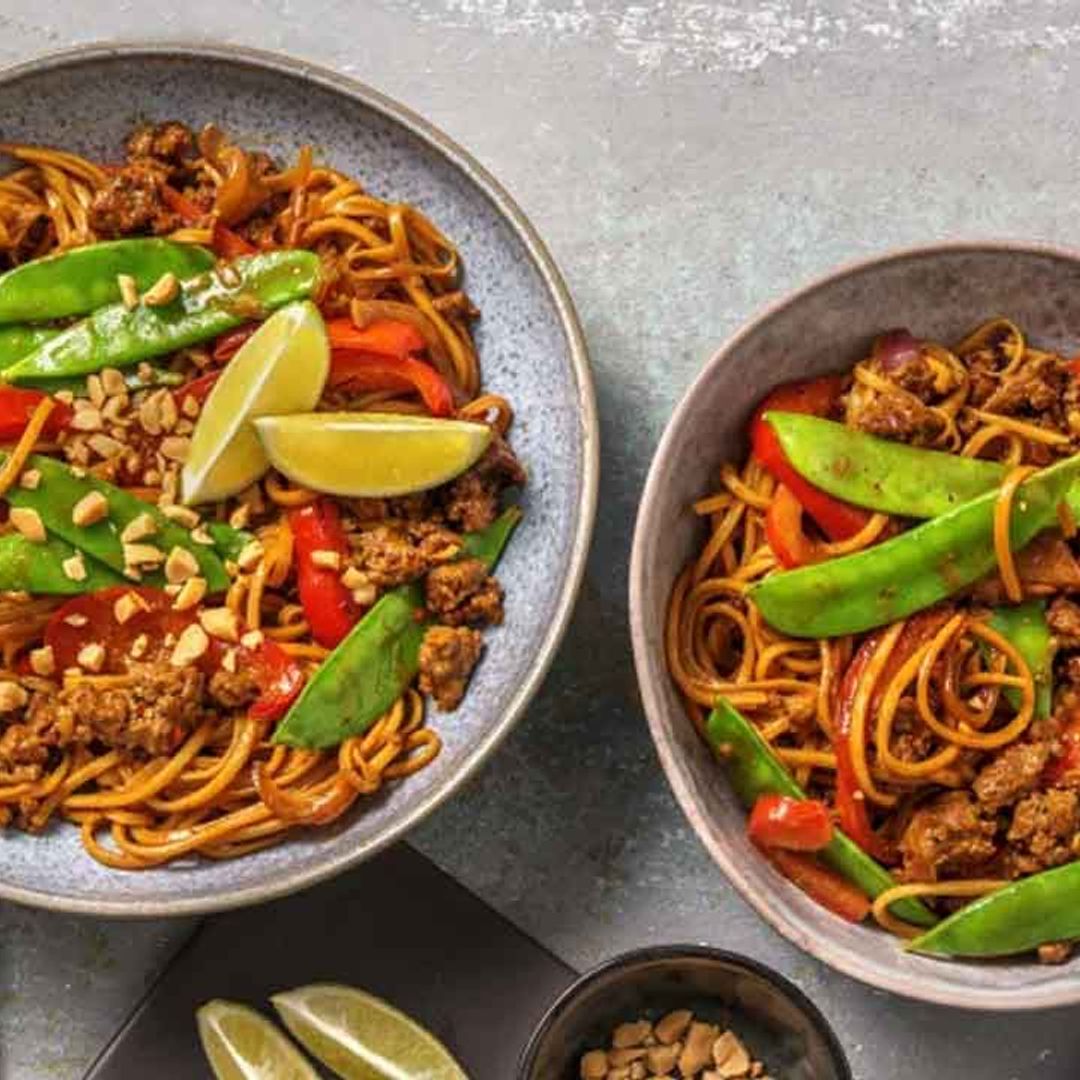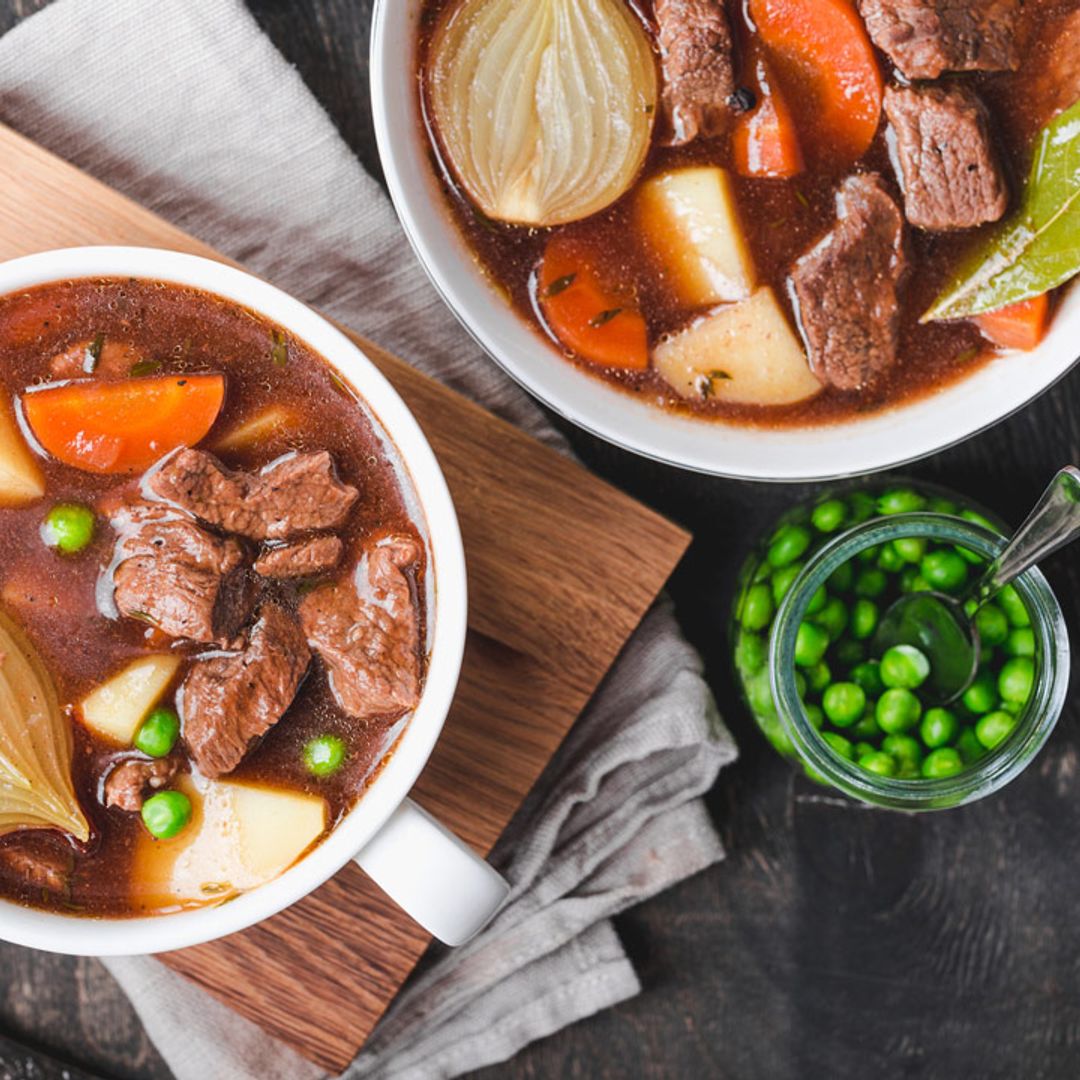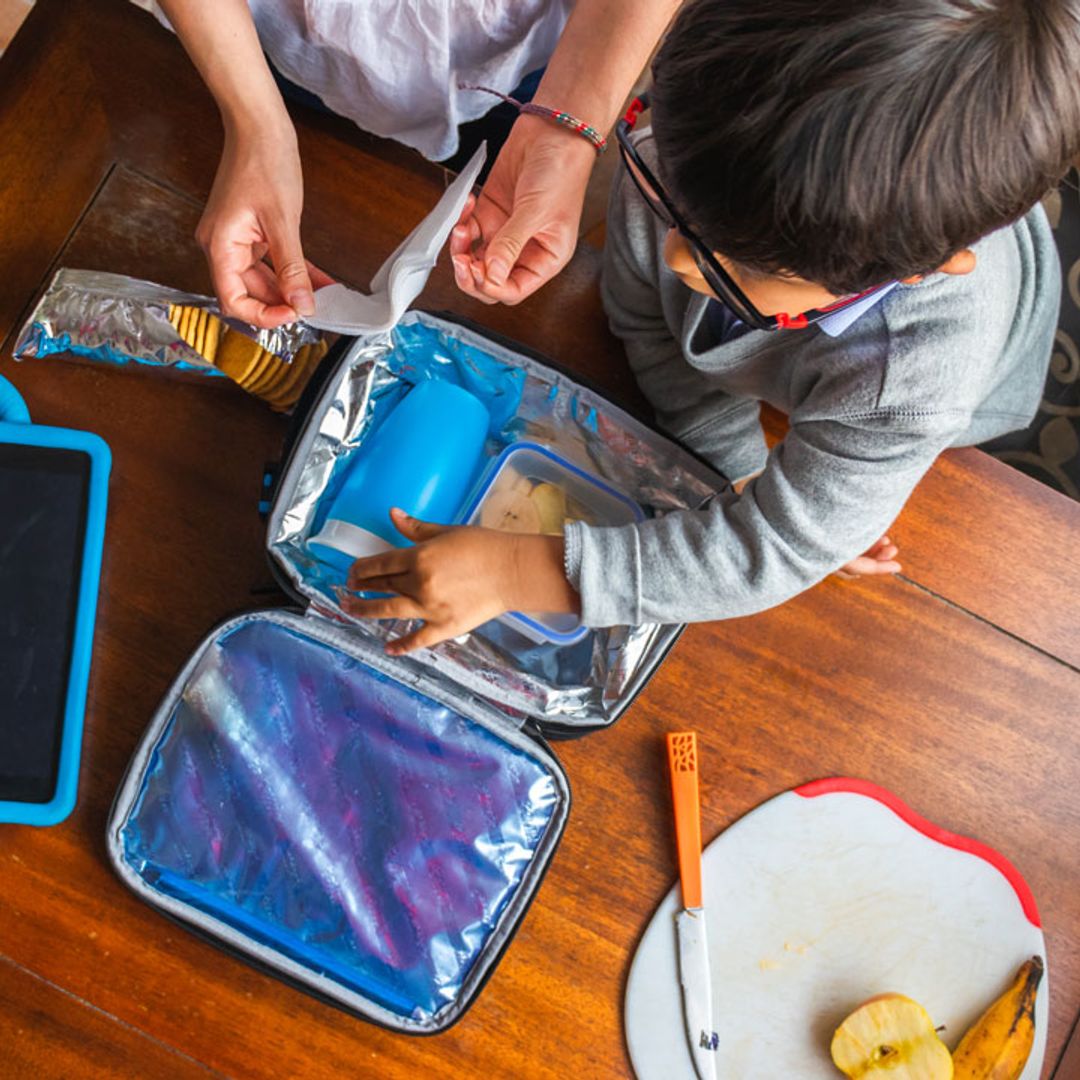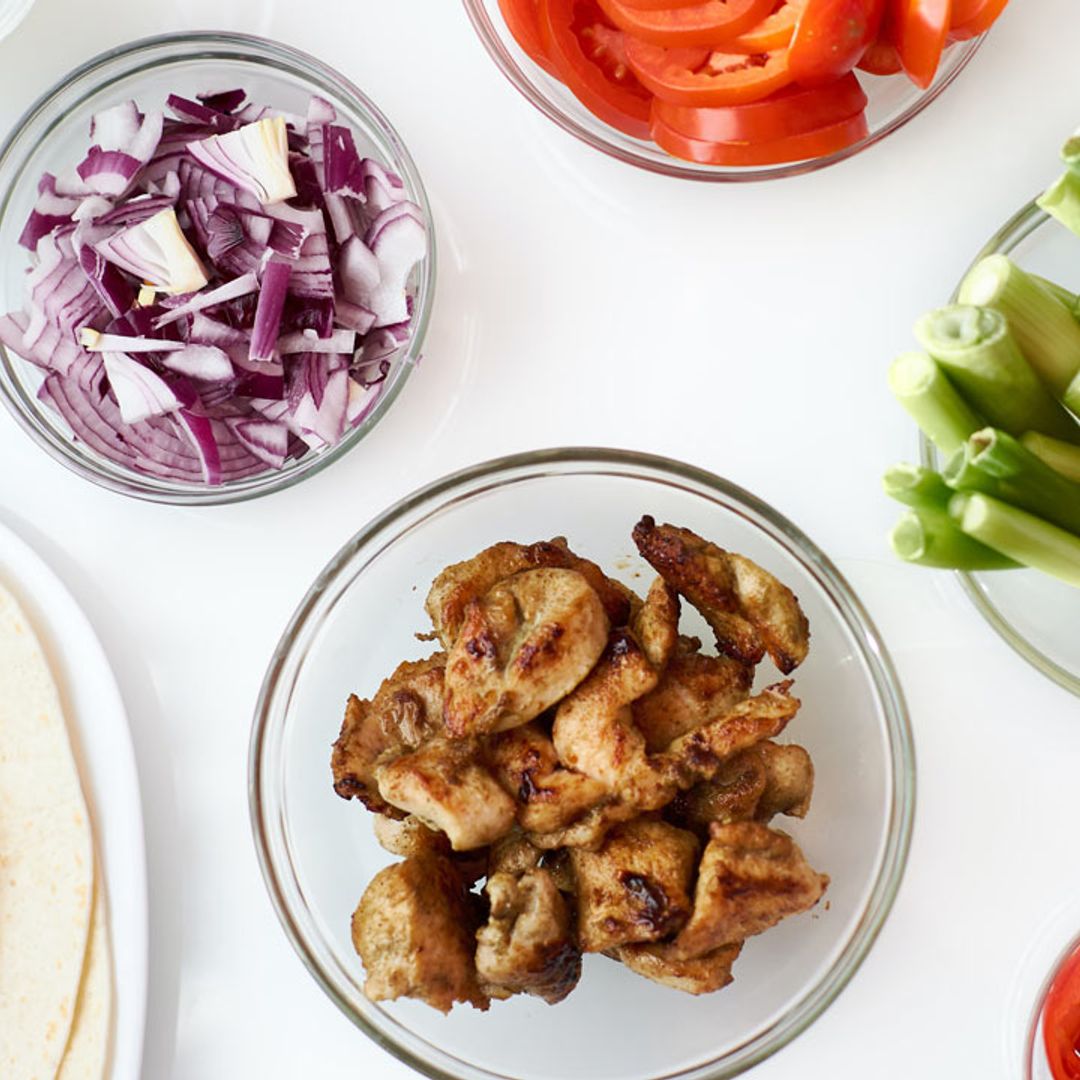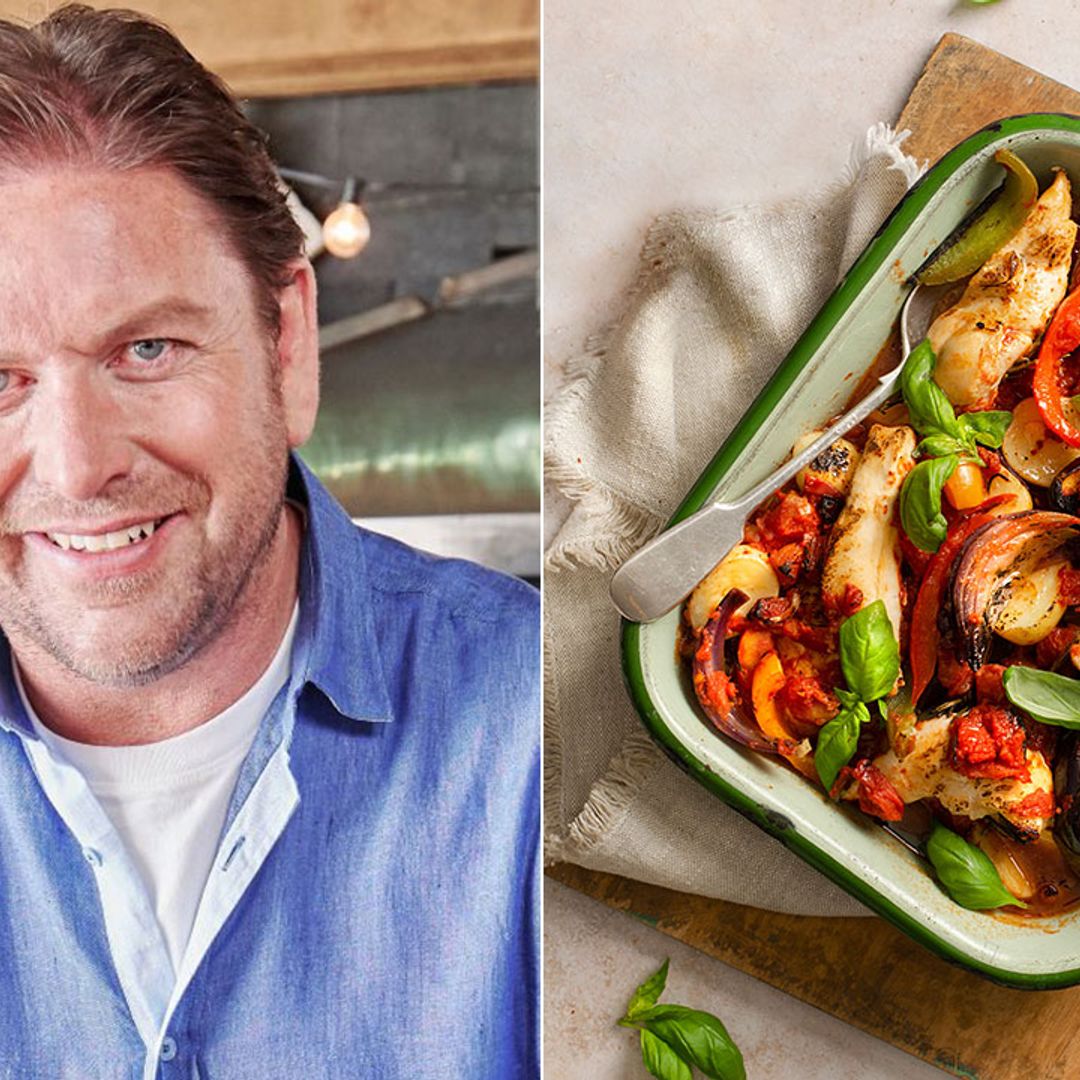Food
Recipes
9 easy to follow food tips for living joyfully
Jay Shetty's wife, ayurvedic cook and nutritionist Radhi Devlukia-Shetty shares her recipe for living a happy lifeGallery10 delicious Pancake Day recipes you need to try on Shrove Tuesday
Sweet or savoury? That is the question.New Year's Eve fizz! 5 sparkling champagne cocktail recipes to make
Celebrate in style with these stunning drinks17 Christmas cocktails and fabulous festive drinks to make this holiday season
Discover how to make several imaginative festive tipples this party seasonMary Berry's recipe for quick and easy Yorkshire puddings - and secret to make them rise
Bookmark this easy recipe ASAPThis is the festive dessert Jamie Oliver will be making his 'lovely wife' Jools at Christmas
The celebrity chef has whipped up something very special this ChristmasThis homemade mince pie recipe is a must on your Christmas menu - and it has a twist
Why not vamp your mince pies?These delicious dishes are on James Martin's festive party menu for 2023
The celebrity chef's recipes are to die forHow to bake posh chocolate chip cookies for the cosiest evening in
These cookies are so moreish...Jamie Oliver's very British twist on classic Thanksgiving recipe
These look delicious!Jennifer Garner's easy 10-minute cornbread recipe is a must-try this Thanksgiving
The 13 going on 30 star shared her family recipe...Make the most of autumn with Baileys' mouthwatering recipe for chocolate salted caramel cheesecake
Baileys has the ultimate seasonal dessert recipe...In partnership with Baileys Chocolate


